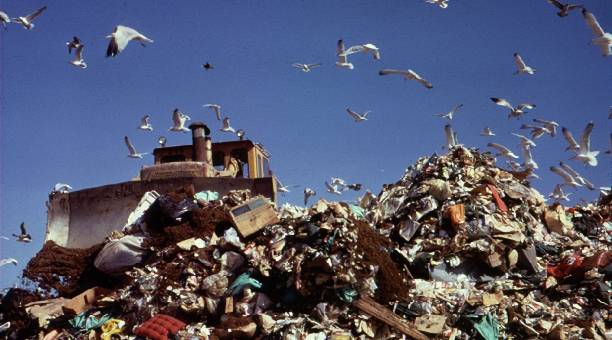Our Blog
How To Conduct A Life Cycle Analysis Cheaply Or FREE
By Alex Loijos Jan 3rd
Unlike the typical term used in marketing to describe the growth and eventual shelving of a product over its design-production-closeout period, an organizational life cycle analysis today refers to an entirely different process. Modern life cycle analysis involves an assessment of how a business or organization impacts the local and general environment and how that can be changed for the better in terms of asset or resource utility decision-making. For a complete guide, please visit our longer beginner's guide to conducting an LCA for free.
The life cycle analysis involves a number of steps rather than just some quick walk through of where business waste goes. First, a business needs to put together an inventory of all the energy consumption points, resource inputs, and releases that affect the environment. This includes both local, regional and general impacts. With this information the business analysis can then detail out how each input and output affects the environment in total. Finally, the results can be incorporated in a business' decision-making on what operational changes to make going forward.
Analysis goal and scope help set the parameters of a life cycle analysis. However, standard off-the-shelf assessments or templates don't work. Each business has to first define what its assessment is looking for and how it will be applied. The inventory analysis and impact assessment then need to be performed within those parameters to keep the entire project on track. Finally, an interpretation needs to be applied to the results to determine their usefulness as well as what recommendations can be gleaned from those outcomes. If the analysis process and data are not formatted to make sense in the context of how the business operates, the entire exercise can be a costly waste of time. As a result, how the life cycle analysis scope is laid out can have a huge impact on the entire approach as well as cost.
Yet there are also key benefits to performing a regular analysis, so it shouldn't be avoided altogether. General categories of goal-setting can provide:
- Better management of waste and recycling of by-product,
- Reuse of excess material for better efficiency in production,
- Less long-term impacts resulting from manufacturing, and
- More efficient raw material consumption.
While a business can very well go about the life cycle analysis process on their own, nuances and lack of understanding how the approach should be put together can cause a lot of errors and bad data results. This in turn can cause mistakes or misinformed decision-making. Instead, with the help of a life cycle analysis expert, a business can make a quick, comprehensive assessment that produces concise, clear results for organizational decisions.
Further, a screening life cycle analysis exam can be performed with no cost. A low or no-cost evaluation can use resources such as:
- EIO-LCA,
- ELCD data,
- OpenLCA software,
- AskAMEE,
- GHG Protocol free tools, and
- EPA emission factors.
In doing so, valuable operational information can be gathered accurately and quickly with little or no expense at all. This then allows a company to perform an evaluation without causing a major budget loss or cost pressure that was unanticipated.
Of course, the word "free" probably sends up a red flag. However, the reason a life cycle analysis can be done with little or no cost is by using the Pareto Rule. This approach essentially aims to get 80 percent of the resulting usable data with 20 percent of what would otherwise be the normal effort in collection. Utilizing an 80/20 rule parameter, a greater amount if simplification can be done in data gathering. Ergo, the analysis cost is drastically reduced or eliminated.
An outsourced good life cycle analysis does not have to be an expensive affair either, as noted above. By working closely with an experienced, smart consulting group, the analysis can be meaningful as well as valuable for decision-makers. So if a business doesn't have cycle analysis expertise in-house, it doesn't need to stumble in the dark trying to figure the process out by trial and error.
LinkCycle offers STRATEGIZE as a key cost-containment tool to its customers, maximizing the client's investment in a life cycle evaluation. By taking the minimum necessary steps to produce the best results, an organization working with LinkCycle can gain valuable insight on resource use, environmental impact and reutilization, growing the process into the organization rather than creating a big chaotic change and expense. We invite you to make use of our free guide for learning to complete an LCA by yourself, including an introduction to the software and data resources available on the web, as well as a free downloadable LCA calculator.
- LinkCycle News
- Uncategorized
- Big data can drive big energy savings
- Review of Top 10 Energy Management Software (EMS) Comparison
- The 5 Commandments of Product Sustainability
- Making Primary Data Collection in LCA Faster and More Accurate
- How to Conduct a Life Cycle Analysis Cheaply or FREE
- Innovative Product Cost Reduction Methods and Energy Saving Technology
- Where Business and Sustainability Meet
